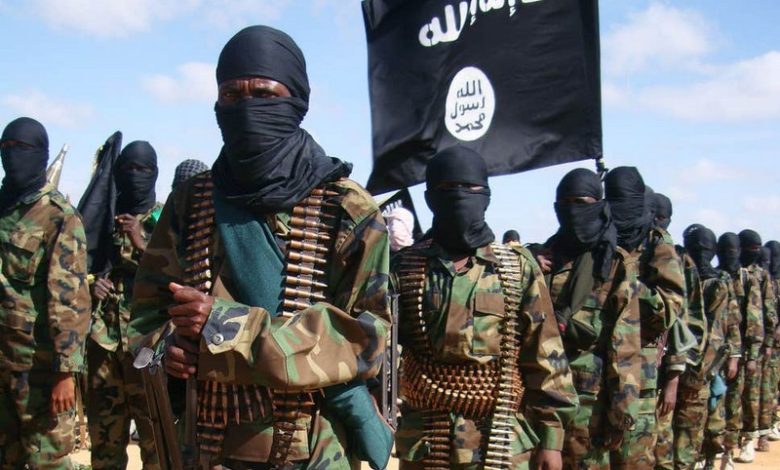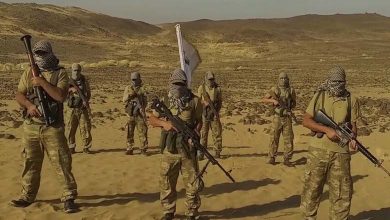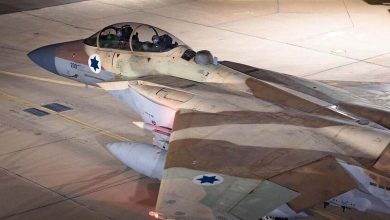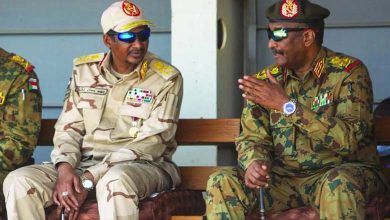Infiltrations and Divisions Plague Terrorist and Jihadist Organizations

A former leader of the Muslim Brotherhood spoke about infiltrations within terrorist organizations and the severe divisions and conflicts. He cited examples from within Hay’at Tahrir al-Sham in Syria, previously known as Jabhat al-Nusra, as well as the ISIS organization and the Muslim Brotherhood group.
According to the newspaper “Okaz,” Hay’at Tahrir al-Sham is experiencing significant divisions and conflicts. This comes after accusations against a leader in the group, Abu Maria al-Qahtani, who is considered the right-hand man of the group’s leader, Abu Mohammad al-Jolani. He was accused of having close ties with the international coalition forces present in Syria and with the Syrian army. This led to the targeting of several leaders of the group in recent days.
Reports have suggested that al-Qahtani has been arrested, and there are also reports confirming his physical elimination. The group is currently conducting investigations with dozens of its members who have strong connections to external espionage entities. It is expected that these current conflicts will negatively impact Hay’at Tahrir al-Sham, whether in Idlib province where they have control or in other northern Syrian areas.
In response, Dr. Islam al-Katanani, an expert on political Islamist movements in Cairo and a former Muslim Brotherhood leader, stated that terrorist groups in recent years have indeed been infiltrated by several intelligence agencies. Many of these groups have also experienced splintering, and they have numerous internal disputes and divisions. He emphasized that Hay’at Tahrir al-Sham is not the first group to be infiltrated, highlighting that the Muslim Brotherhood, the most organized group, has become divided into three factions. Internal conflicts for positions and funds are now plaguing the group, and they have all deviated from the founding principles of Hassan al-Banna. These divisions have become public, a situation previously unknown, and accusations of betrayal and collaboration have become commonplace.
Al-Katanani added that the internal disputes within Islamic movements are not surprising or unexpected. He pointed out that the deaths of four ISIS leaders in Syria confirm the group’s vulnerability to infiltration, particularly over the past two years.
He explained that Syria is moving towards defeating terrorism, similar to what happened in Iraq previously. This situation preoccupies terrorist organizations, which have become virtually powerless. Their members have no options left except to flee to other regions or to cooperate with intelligence agencies in order to save their lives. Moreover, these terrorist entities are suffering from a significant lack of funding, especially after the Syrian government regained control over most of its territories, except Idlib and the northern regions. The initial plan was to control half of Syrian territory or divide it into smaller entities.
He emphasized that the return of such organizations, including the Muslim Brotherhood, to the region’s countries has become nearly impossible, as everyone rejects killing and torment in the name of religion.












